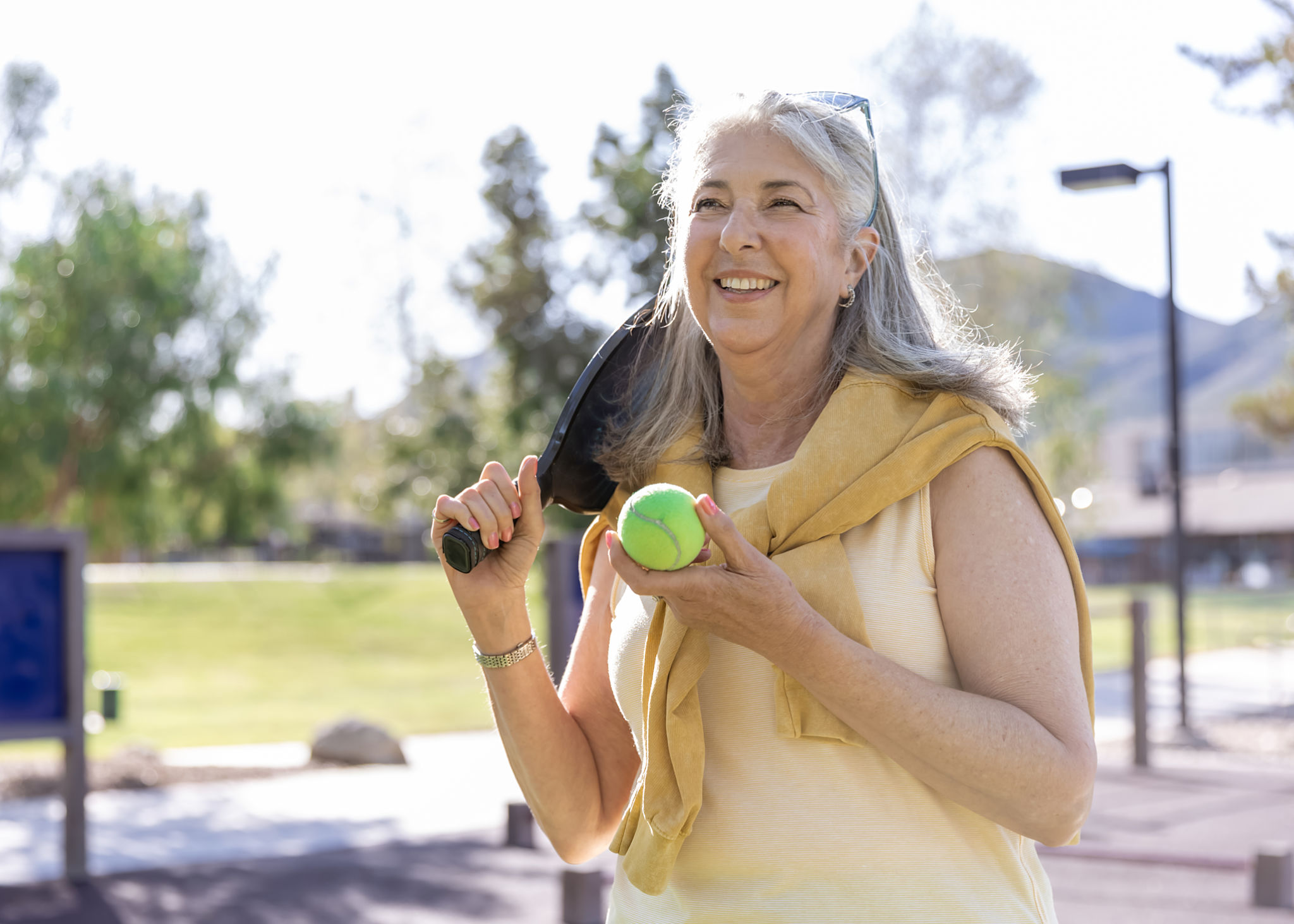Myth-Busting: Common Misconceptions About Senior Fitness
Myth-Busting: Common Misconceptions About Senior Fitness
Myth 1: Exercise is Too Risky for Seniors
One of the most pervasive myths about senior fitness is that exercise is inherently risky for older adults. While it's true that seniors should take precautions, avoiding physical activity can be more harmful than beneficial. Regular exercise helps improve balance, flexibility, and strength, which can actually reduce the risk of falls and injuries.

Myth 2: Seniors Can't Build Muscle
Another common misconception is that seniors cannot build muscle. In reality, strength training is highly beneficial for older adults. It helps maintain muscle mass, supports bone health, and enhances overall mobility. With appropriate guidance and a tailored fitness plan, seniors can effectively build and maintain muscle strength.
Myth 3: Only Gentle Activities Are Suitable for Seniors
While gentle activities like walking and yoga are excellent for seniors, they are not the only options available. Many older adults enjoy more vigorous activities, such as swimming, cycling, or even strength training. The key is to find a routine that suits individual interests and fitness levels.

Myth 4: Seniors Shouldn't Try New Activities
It's a misconception that seniors should stick to familiar activities. Trying new exercises can be both exciting and beneficial, contributing to cognitive health and overall well-being. Seniors are encouraged to explore new fitness classes, sports, or hobbies that pique their interest.
Myth 5: Exercise Offers No Mental Benefits for Seniors
Physical activity is not just about physical health; it also plays a crucial role in mental well-being. Exercise releases endorphins, which can help reduce symptoms of depression and anxiety. It also boosts cognitive function, enhancing memory and mental clarity in seniors.

Myth 6: Seniors Need to Exercise Every Day
While regular exercise is important, it doesn't mean seniors need to work out every single day. A balanced routine with rest days is crucial for recovery and preventing burnout. Experts recommend aiming for at least 150 minutes of moderate-intensity exercise per week, which can be spread across several days.
Myth 7: It's Too Late to Start Exercising
It's never too late to start benefiting from physical activity. Whether a senior has been inactive for years or is just beginning their fitness journey, introducing regular exercise can dramatically improve health and quality of life. Starting gradually and building up intensity over time is key.
Conclusion
Dispelling these myths is essential in encouraging seniors to embrace a more active lifestyle. By understanding the benefits and possibilities, older adults can enjoy improved physical and mental health, leading to a more fulfilling and vibrant life.
